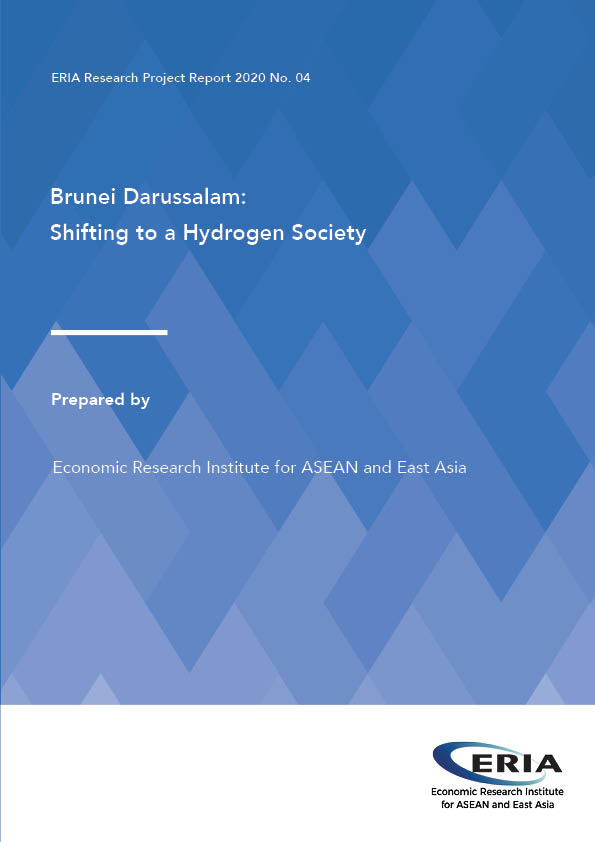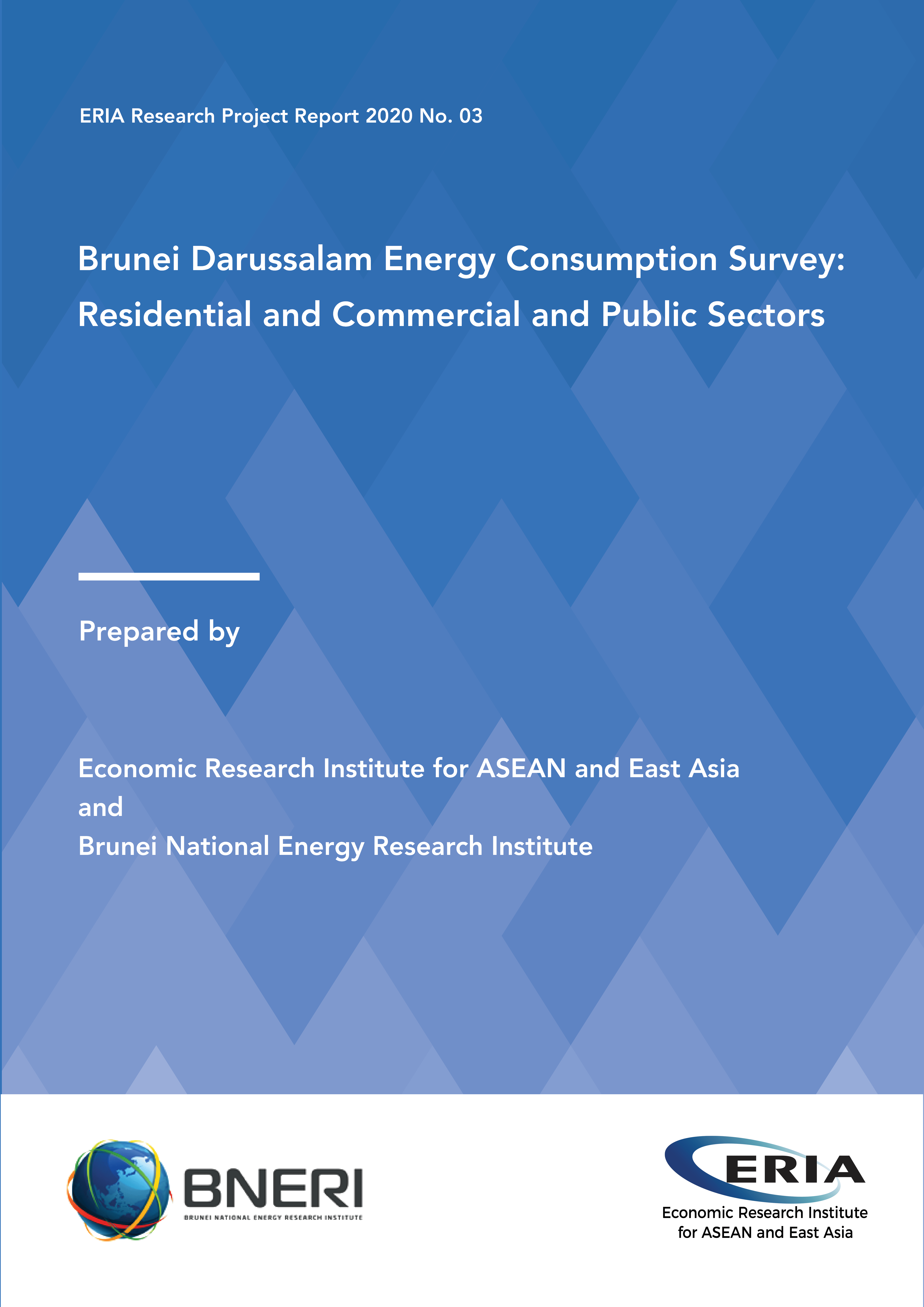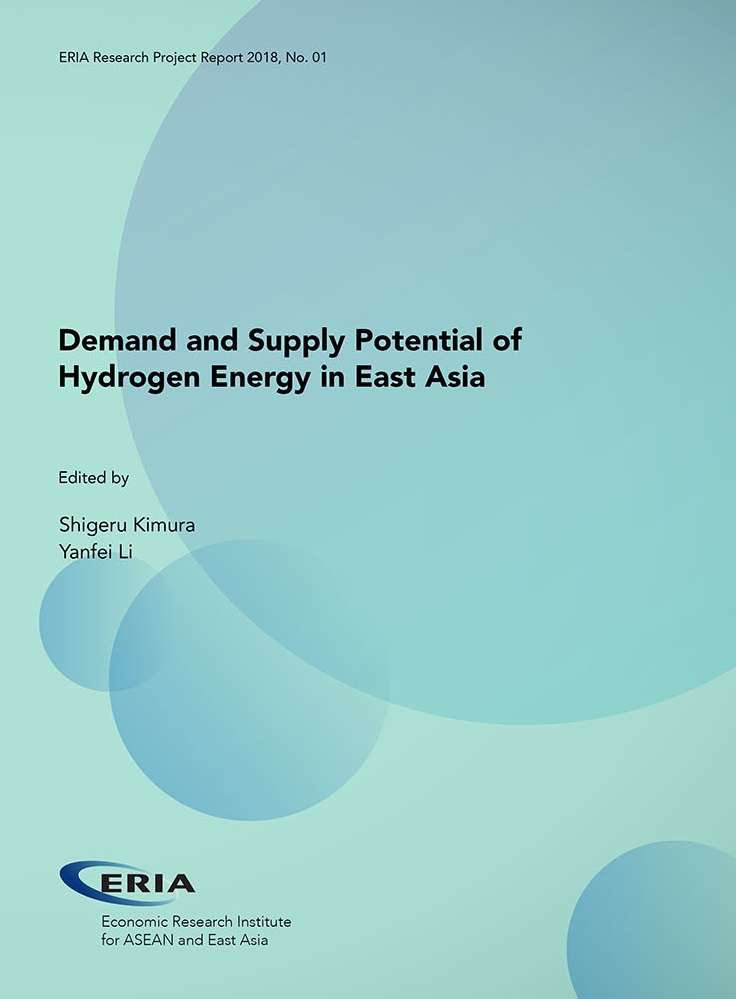Brunei Darussalam: Shifting to a Hydrogen Society

Date:
26 June 2020Category:
Brunei Darussalam, EnergyType:
Research Project ReportsTags:
Energy, Brunei Darussalam, HydrogenPrint Article:
Brunei Darussalam has started to produce hydrogen, called SPERA Hydrogen, from processed gas to be generated during the production process of liquefied natural gas (LNG) and has been exporting it to Japan since the end of 2019. Hydrogen is basically classified as clean energy because no carbon dioxide (CO2) is emitted after its combustion and it is therefore expected to be used globally in the future. Brunei’s CO2 emission is mainly from road transport due to high consumption of gasoline and diesel oil, and power generation which relies on consumption of natural gas. If Brunei could shift from oil and gas to hydrogen, it could drastically reduce CO2 emissions. This means that hydrogen could be a sustainable energy or technology for Brunei, but hydrogen’s much higher supply cost than that of oil and gas is still an obstacle to such a shift. This study suggests that if hydrogen demand will be more than 70,000 m3 per hour, the hydrogen supply cost at a refueling station of 1,000 Nm3/h will decline to around US$0.80/m3. This is still higher than current gasoline and gas prices, but these prices are fully subsidised by the Brunei government. Considering the two major benefits of hydrogen, which are a reduction of CO2 emissions and savings in oil and gas consumption, hydrogen’s supply cost of US$0.80/m3 could become acceptable in Brunei.
Full Report
Brunei Darussalam: Shifting to a Hydrogen Society
Contents
Chapter 1 Energy Supply and Demand Situation
Chapter 2 Energy Outlook of Brunei Darussalam
Chapter 3 Potential of Hydrogen Production
Chapter 4 Hydrogen Demand Potential in the Road Transport and Power Sectors
Chapter 5 Hydrogen Supply and Demand Balance and Proposed Models




